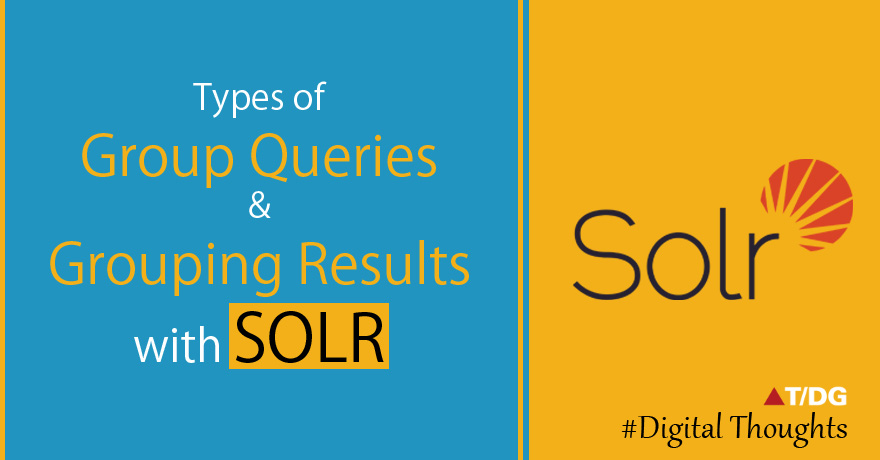

Let us look at an example of storing and searching locations in Solr.
Geodist solr code#

If the extremely high precision of shape edges needs to be retained for accurate indexing, then this solution probably won't scale too well during indexing because of large indexes and slow indexing. By default, that resolution is defined by a percentage of the overall shape size, and it applies to query shapes as well.

I have stored in my data: Longitude, Latitude, X POS, Y POS. Just as any other Spring Data project, Spring Data Solr has a clear goal to remove boilerplate codes, which well definitely take advantage of. SET = geography::STGeomFromText('LINESTRING(-122.360 47.656, -122.343 47.656)', 4326) I am trying to calculate the distance between two positions on a map. First, we need to start a Solr server and create a core to store data (which, by default, Solr will create in schemaless mode). Using Geography data type which was introduced in sql server 2008 DECLARE geography TODO: describe more Query optimizer, and index hints. To return distance you should add geodist() function to fl field list query field like that: t('fl',',distance:geodist()') 'distance' is the field name to return geodist() result in. Refer to Geosearches section for more details.

They can automatically compute a bounding box (or boxes) around a static reference point, and then process only a fraction of data using index reads. RETURN below function gives distance between two geocoordinates in kilometres Geosearches with GEODIST() can also benefit quite a lot from attribute indexes. Set = 3958.75 * Atan(Sqrt(1 - 2)) / below function gives distance between two geocoordinates in kilometres CREATE FUNCTION FLOAT, FLOAT, FLOAT, FLOAT) The below function gives distance between two geocoordinates in miles create function. If you want to retain your existing data structure, you can still use STDistance, by constructing suitable geography instances using the Point method: DECLARE DECIMAL(12, 9)
Geodist solr plus#
Naturally there will be an amount of learning to do first, but once you know it it's far far easier than implementing your own Haversine calculation plus you get a LOT of functionality. Telling us it is about 538 km from (near) London to (near) Edinburgh. Since you're using SQL Server 2008, you have the geography data type available, which is designed for exactly this kind of data: DECLARE geography = 'POINT(0 51.5)'


 0 kommentar(er)
0 kommentar(er)
